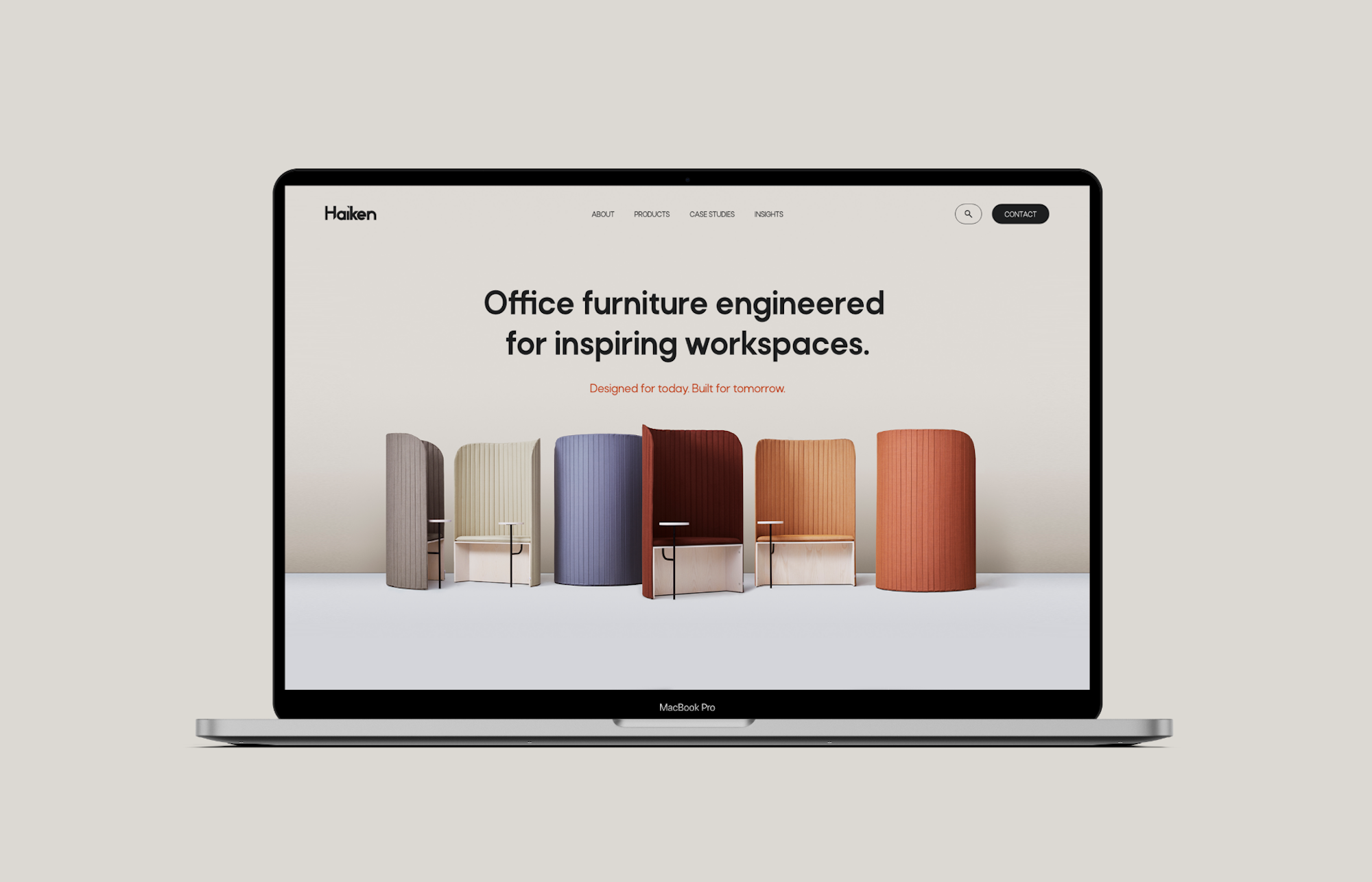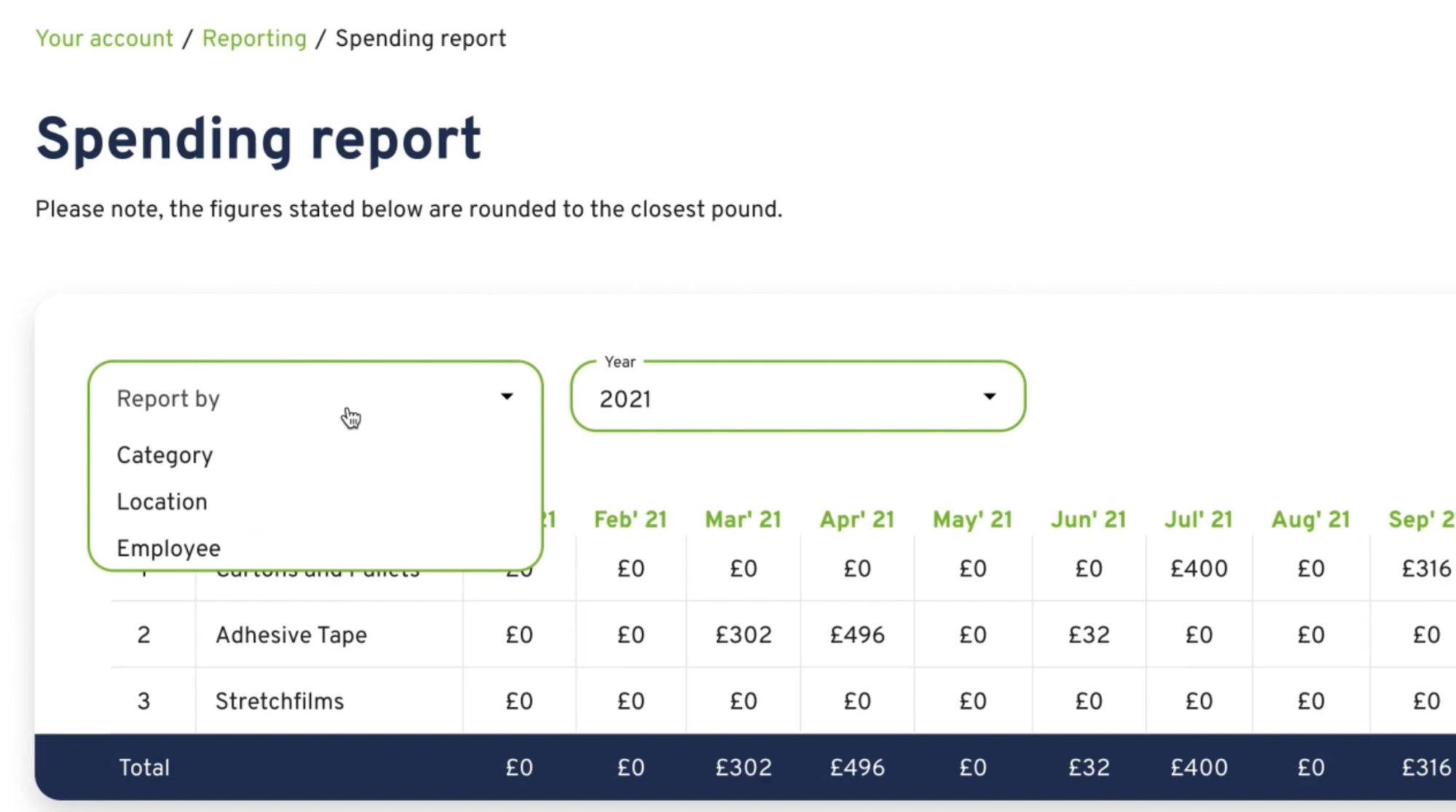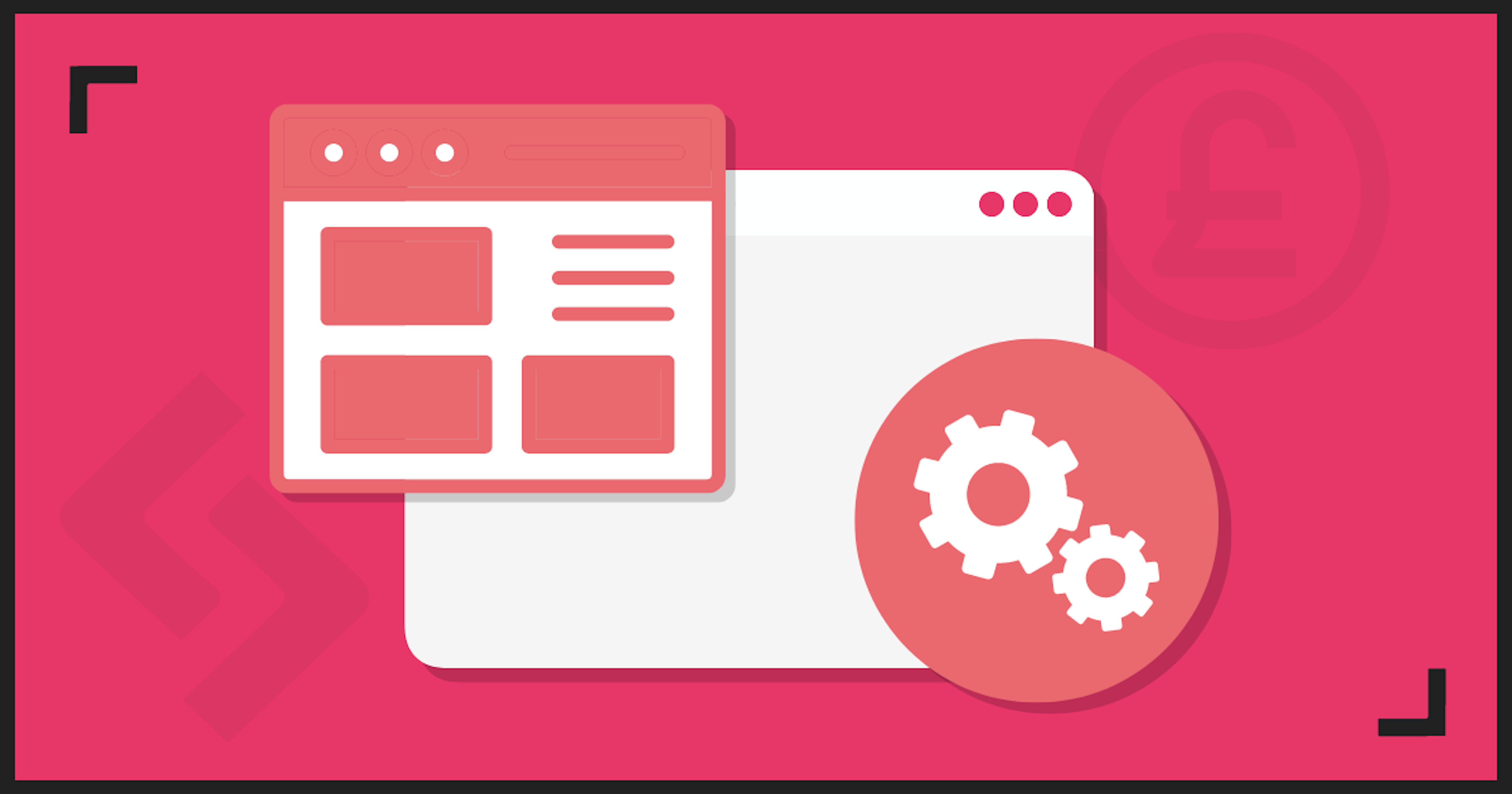In an increasingly digitalised world, websites are becoming the most powerful marketing tool for most businesses. Therefore, it is imperative that websites not only showcase businesses effectively but are also a working tool that will drive sales and revenue. But how can websites achieve this?
Enter conversion rate optimisation (or CRO); an important element that should not be overlooked in the design process of a website.
In this article, we are going to explore the reasons for, and benefits of taking a conversion-focussed approach to website design.
Firstly, what is CRO?
Conversion rate optimization (CRO) can turn website visitors into customers, allowing businesses to better understand their customers, increase revenue, decrease acquisition costs, and so much more. It’s all about digging deep into customer journeys, ironing out the creases and enhancing the experience to create a smooth customer journey that’s tailored to each individual.
CRO is an ongoing process of learning but if implemented early in the web design process, will result in a higher conversion rate.
What is a website conversion?
Website conversions include successful sales, leads, form completions, and other tasks depending on the site purpose and the tasks businesses want their visitors to complete.
Website conversion rate optimization comes in to increase the opportunity for visitors to complete these tasks.
Why is CRO so important in web design?
A website’s design is often the first customer touchpoint and will influence how people perceive brands. According to a behavioural study, websites now only have 50 milliseconds to make a good first impression. If a website page doesn’t grab visitors’ attention within this timeframe, chances are, they won’t convert.
So, impressing customers with an aesthetically pleasing user interface, experience, and content is the first step toward converting website traffic to revenue-generating customers.
Implementing CRO into a websites design is also beneficial for:
Enhancing SEO
Search engine optimization (SEO) is vital for delivering free organic traffic to websites. Implementing optimisation on the design process will ensure that when search engines crawl the site, they rank for their key phrases and words.
Promoting Trust
Trust is a significant factor in converting visitors. Customers want to know they can trust a company and its website before handing over any money or personal information.
Good web design shows potential customers that businesses care about their brand, value the customers business, and want to give them a good user experience.
Accessibility
Web accessibility is critical for creating inclusive website experiences. Businesses must factor in disabilities like low vision, colour blindness, blindness, cognitive disabilities, deafness, or hearing impairments in their web design to ensure it meets Web Content Accessibility Guidelines (WCAG). A well optimized site will not only meet these regulations but will also make visitors with accessibility requirements feel valued and understand the website content, increasing the chances of them converting.

Where and how should CRO be implemented?
Here are the areas of a website that will benefit from conversion rate optimization:
Homepage
Homepages are the most important place to implement CRO. In addition to making a first impression on visitors, the homepage is also an opportunity to retain them, and guide them further into your website. CRO strategies for website homepages include:
- Emphasizing links to product information.
- Offering a free signup button.
- Incorporating a chatbot that solicits questions from visitors at any point during their browsing experience.

Landing Pages
Landing pages are inherently designed for people to take an action; therefore, it makes sense that they have the highest average conversion rate for form sign ups. CRO elements to include in landing pages include:
- Videos or images of a previous event to encourage visitors to register this year (if relevant to the business).
- A preview of the content or product to encourage visitors to sign up and see more.
Blog
Blogs are a massive conversion opportunity for websites. In addition to publishing thoughtful and helpful content for visitors, a blog can use CRO to convert readers into leads. This process often includes:
- Adding CTA’s throughout an article.
- Inviting readers to learn more about a topic by submitting their email address in exchange for regular updates.

Pricing Page
A website's pricing page can be the make-or-break point for many website visitors. CRO can help a pricing page convert visitors into customers by:
- Describing the product features associated with each price.
- Including a phone number for visitors to call for a price quote.
- Adding a pop-up form.

Design a conversion-optimised site with Bigger Picture
Implementing a CRO strategy in your web design process could make all the difference when it comes to conversion rates. So, use these tips on CRO, and watch your business attract visibility and leads among a community of relevant, converting users.
At Bigger Picture, we are dedicated to taking ambitious brands to the next level. Why not get in touch with us to see how we can help you with your SEO strategy today.
Contact one of our friendly experts for more information.

